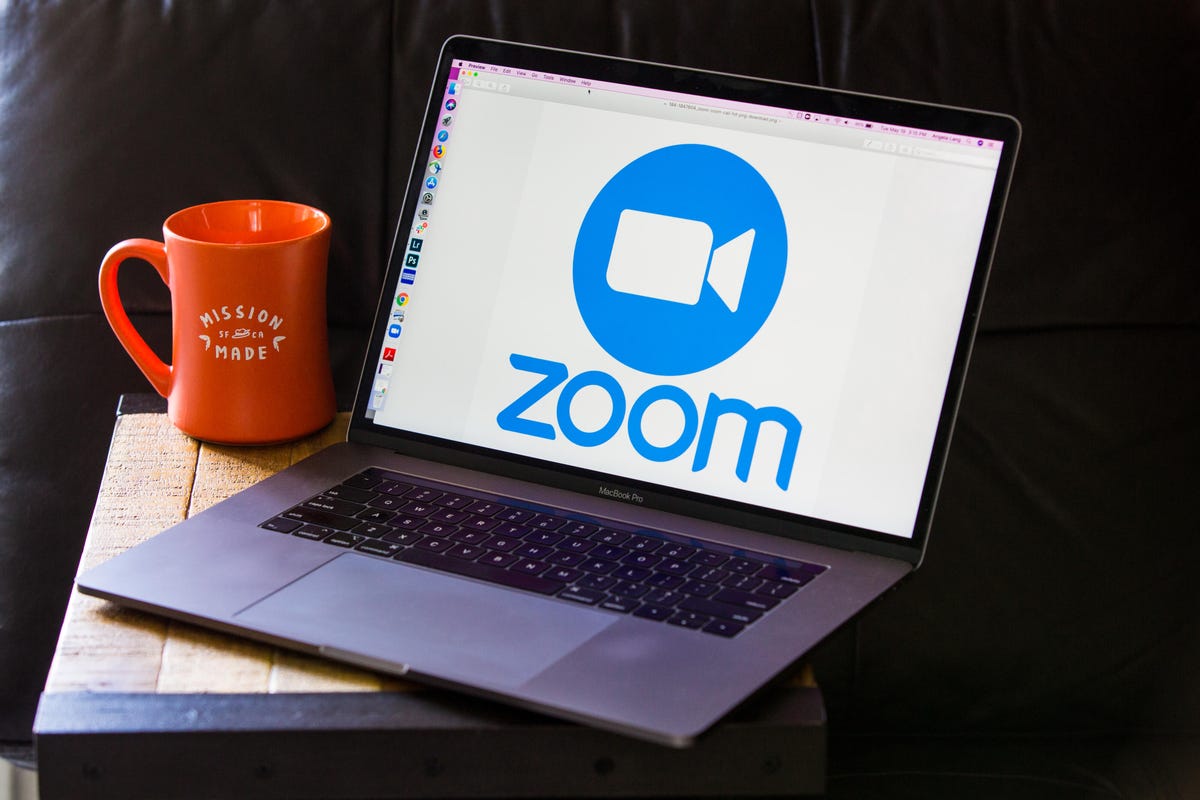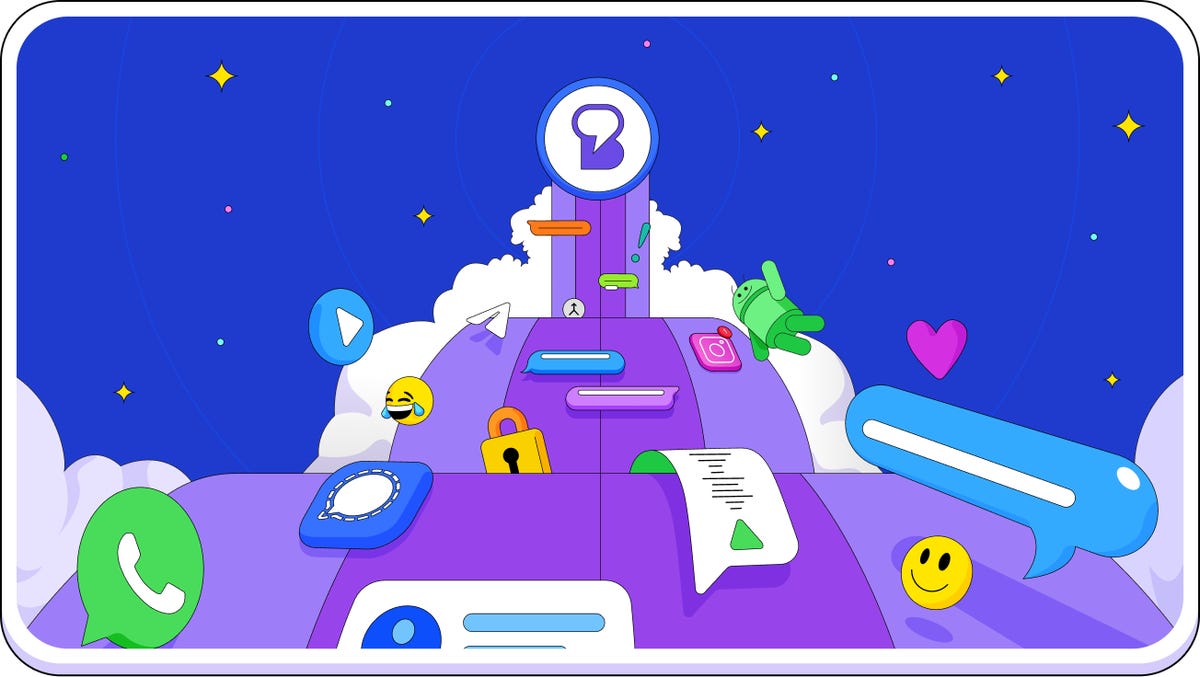RCS texting is on its way to the iPhone. But Apple’s phones are not the only ones that still lack access to the more modern texting standard.
Google, which has invested considerably in building up RCS while touting promises of how it could bring typing indicators and higher-quality group chats, spent years pushing for Apple to adopt the messaging standard. It even built features into Google Messages like support for message reactions, in an attempt to make texting iPhone users a little less awful. Finally, by late 2023, Apple announced RCS support would be coming to iOS in 2024, bringing hope that improved texting between Android and iOS, complete with typing indicators and high-quality media, could actually happen.
But if RCS is truly meant to replace the antiquated SMS and MMS texting that most phones have been stuck with for decades, it needs to arrive on all phones. Not just Android phones, and not just Apple’s iPhone.
That includes basic phones, like flip phones and other minimalistic feature phones one might turn to for a “digital detox.” That also means apps and services that rely on SMS to text a phone number, some of which Google itself makes, will need to adopt RCS.
There’s also a world of alternative Android texting apps that haven’t yet been given access to RCS texting.
It amounts to a lot of devices, services and apps that are still using SMS. But RCS truly needs to be available across all mobile phones and texting apps, not just the iPhone, before we leave old standards like SMS and MMS behind for good.

The Nokia 2780 can use Google Maps. But for texting it’s stuck on SMS and MMS.
Basic flip phones could still use better texting
Basic phones are having their own kind of moment right now, resulting in retro flip phones and candybar-style phones that have more features than ever. HMD in particular has spent the last few years continuing the Nokia phone line by creating basic phones that run on KaiOS, while also developing branded phones with companies like the recently revealed Heineken Boring Phone and an upcoming Barbie flip phone. The company’s seen enough success with these devices that the analytics firm International Data Corporation reported that HMD held the lion’s share of the feature phone market (30.7% by value and 22.4% by volume) in the third quarter of 2023.
Some of these HMD-developed phones even support a limited number of web apps and services, like Google Maps and in some cases WhatsApp. For instance, my colleague Jessica Fierro recently spent a week with the Nokia 2780, during which she was able to use it to watch YouTube, get Google Maps directions and use the web browser for most other services. But when it came to texting, the Nokia 2780 was limited to just SMS and MMS.
Even though basic phones rarely crack the bestselling phone lists that often feature smartphones made by Apple and Samsung, these devices clearly have an audience who could benefit from having access to a more modern texting standard. While basic phones themselves are likely to stay limited to T9 texting because of their numerical keypads, the improved group chat support and typing indicators that RCS brings could be a massive efficiency boost for someone just trying to tap out a short text.


Zoom can be used for phone calls, but if you text with its phone number it’s stuck on SMS.
Online services are still stuck on SMS
Services that provide virtual phone numbers have been around for a long time, and they are a convenient way of using another phone number without having to purchase a new line from a carrier. They provide features like forwarding calls to any other phone number you would like, enhanced voicemail support and SMS texting. But that latter point is now part of the obstacle that is preventing RCS from supplanting SMS and MMS.
I personally have been a long-time user of Google Voice, as it provides an unlimited voicemail box for my calls while also providing an alternate phone number to use for any reason I want. I also use Zoom Phone as my work phone number, which lets me take calls either from my laptop or from any phone I happen to be reviewing at the moment.
Both services fit my needs well… except for messaging. It’s frustrating that these tools are still stuck using SMS and MMS. That’s especially the case with Google Voice, since Google has been leading the RCS push with its Google Messages app. I hope these and similar services can soon get access to RCS, and hopefully get a better texting experience that will make them easier to use.


Beeper’s relaunched Android app supports RCS, but through an unofficial integration with Google Messages.
Android texting apps largely don’t have RCS either
Even though Android has so far been the main phone operating system providing RCS texting, that does not necessarily extend to third-party texting apps. One of the perks of Android is the level of customization it provides. You can swap the launcher if you want better home screen controls, or set up a third-party app store if you need access to a service that’s not natively provided by the Google Play Store.
For instance, before Google Messages added desktop support over a web browser, my Android texting app of choice was Pulse SMS. It provides broad access to one’s texting app, whether it’s on a phone or over native apps for Mac and Windows, along with web browser support. But Pulse SMS does not currently have RCS support, citing that Google has not yet provided a way for developers to integrate with it.
Considering Android’s openness, it’s odd that RCS integration isn’t yet available to third-party developers. Google does, however, work with other phone manufacturers when integrating with RCS. For instance, the Samsung Messages app that’s still included as a texting option on Galaxy phones includes support for RCS.
Beeper, for the time being, supports RCS in its third-party texting app, which relaunched on Android following its attempts to integrate with Apple’s iMessage network. But Beeper had to reverse-engineer its way into integrating with Google Messages in order to make that happen. For now, it appears that Google isn’t going after Beeper for this in the same way that Apple did when shutting off its iMessage integration.
It’s clear that RCS still has a long way to go before it truly replaces SMS and MMS texting. We’ll get our first look at how interoperable RCS texting really is when Apple’s iPhone starts supporting the standard to share high-resolution photo and video as the company said last year, as well as more reliable group messaging, read receipts and location sharing. Other features like encryption will be dependent on Apple’s work with the GSMA to improve the RCS standard itself, since Apple noted in its RCS announcement last year that the company will not use another company’s encryption protocol — possibly referring to the one Google Messages uses.
Perhaps since Apple is now working with the rest of the GSMA on the standard, RCS will improve and come to additional phones and services. It could be similar to what we’re now seeing with the Qi2 wireless charging standard, which includes some of the improvements that Apple developed with its MagSafe charging. Yet until we see RCS become truly available across all devices and services, SMS and MMS will remain a dominant, yet antiquated, messaging standard.

